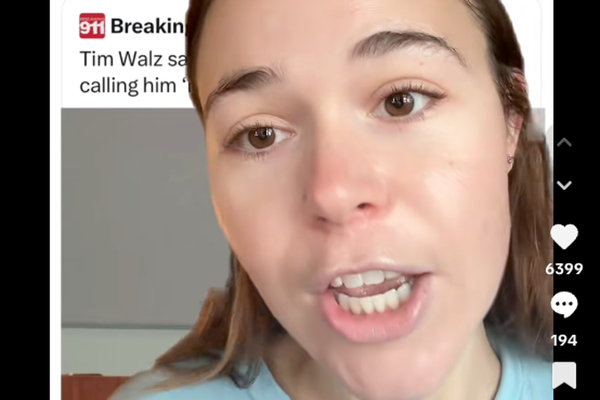When your child is gleefully playing with a new toy, the last thing you’re thinking about is whether it might pose a hidden risk. But beneath the bright packaging and playful designs, some toys can present unexpected hazards that put your little one’s safety at risk. From toxic materials to small parts you didn’t even notice, toy danger is more common than many parents realize. Staying informed about what to look out for can help you make smarter, safer choices without taking away the fun. Here are eight hidden dangers you should know about before handing over that next toy.
1. Choking Hazards in Disguise
Even toys marked for older children can end up in the hands of toddlers who love to explore with their mouths. Detachable parts, loose buttons, and even plush eyes on stuffed animals can become serious choking risks. The toy danger becomes greater when the packaging doesn’t clearly warn about age suitability. Always do a physical inspection, especially for hand-me-downs, to check for wear and loose elements. If something can fit through a toilet paper roll, it’s too small for kids under three.
2. Toxic Materials and Paints
Some toys, especially those produced overseas or from lesser-known brands, may contain harmful chemicals. Lead-based paints and phthalates are still found in some products despite regulations. Toy danger spikes when toxic materials are used in items that kids frequently chew, suck, or cuddle. Look for labels that say “non-toxic” and check for recalls regularly through the Consumer Product Safety Commission (CPSC). It’s also a smart move to stick with trusted brands that meet U.S. safety standards.
3. Magnets That Can Be Swallowed
Magnetic toys can seem like harmless fun until one or more magnets get loose. If swallowed, they can attract each other inside the body and cause serious internal injuries. The toy danger here is often hidden, especially when magnets are embedded in parts that break or pop open. Supervise play with magnetic toys and avoid them entirely for younger kids. Always discard any toys with exposed or missing magnets immediately.
4. Battery-Operated Hazards
Button batteries are tiny, shiny, and extremely dangerous if swallowed. They’re often found in musical books, light-up toys, and small gadgets marketed to children. A swallowed battery can burn through tissue and cause severe damage within hours. Toy danger increases when battery compartments don’t have secure screws to keep little fingers out. Make it a habit to check battery covers and avoid any product with a flimsy or missing compartment.
5. Strangulation Risks from Strings and Cords
Toys with pull cords, necklaces, or long strings can become strangulation hazards, especially in cribs or playpens. Even dress-up items marketed for kids can include pieces that pose a real threat. Toy danger can sneak into your home when items are reused or repurposed in ways manufacturers didn’t intend. Keep strings shorter than 7 inches and avoid letting your child sleep or nap with toys around their neck. Supervise closely during any kind of pretend play involving cords or leashes.
6. Inappropriate Age Ratings
Sometimes a toy may seem simple enough, but its construction or features are meant for older kids. Age ratings aren’t just about development—they’re also about safety. A toy rated 6+ might have parts or mechanisms that are hazardous to a younger child. The toy danger here is assuming “my child is advanced for their age” means they’re ready for anything. Stick to the recommended age range and save more complex toys for when they’re ready.
7. Poorly Made Plush Toys
Soft toys may seem like the safest bet, but low-quality materials and stitching can make them risky. Seams can split, exposing stuffing or small pellets that become choking hazards. Toy danger can also come from wires inside the limbs that poke through as the toy ages. Choose plush toys that meet safety standards, and regularly inspect them for wear and tear. If it’s falling apart, it’s time to toss it.
8. Noise Levels That Can Damage Hearing
Toys that sing, beep, or roar might be fun for a few minutes, but many are louder than you’d expect. Some toys emit sounds above 85 decibels—enough to cause hearing damage over time. The toy danger here is especially high when sounds are emitted close to a child’s ear. Always test noise-making toys yourself before handing them over. Look for toys with volume control or mute options, and teach your child not to hold them directly against their head.
Don’t Let the Fun Turn Risky
Playtime should be joyful, not dangerous. While it’s impossible to eliminate every toy danger, being a little more alert can go a long way in protecting your child. Check toys regularly, research brands, and trust your gut when something feels off. Remember, safety doesn’t mean less fun—it means more peace of mind while they explore and play. And that’s worth every extra minute spent making sure the toys they love are truly safe.
Have you ever discovered a hidden hazard in one of your child’s toys? Share your story in the comments—we’d love to hear from you!
Read More:
5 Toys That Were Never Designed to Be Used by Children
The post Toy Danger: 8 Hidden Dangers Lurking in Your Child’s Toys appeared first on Kids Ain't Cheap.








